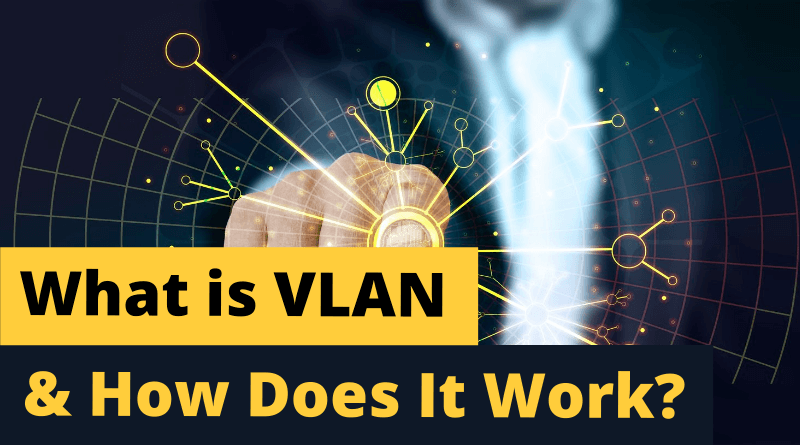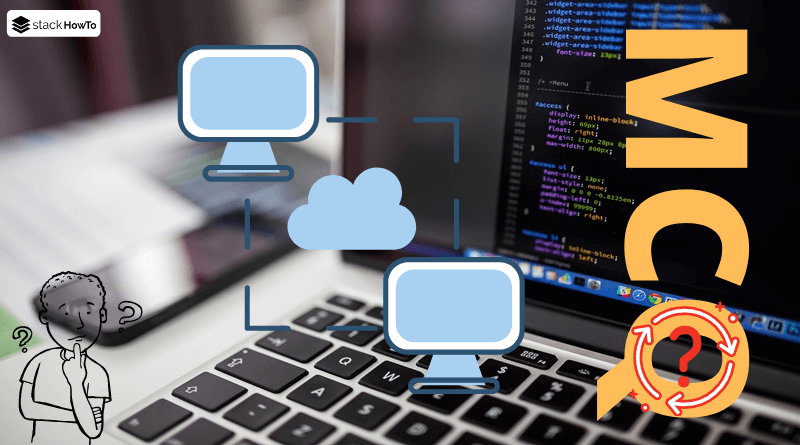What is VLAN and How Does It Work?
In this tutorial, we are going to see What is VLAN and how does it work? A VLAN (Virtual Local Area Network or Virtual LAN) is a local network that groups together a set of machines in a logical and non-physical way.

Image source: www.wikimedia.org
In a local area network, communication between the various machines is determined by the physical architecture. Thanks to virtual networks (VLANs), it is possible to free yourself from the limitations of the physical architecture (geographical constraints, addressing constraints, etc.) by defining a logical (software) segmentation based on a grouping of machines using criteria (MAC addresses, port numbers, protocol, etc.).
Type of VLAN:
Several types of VLANs are defined, depending on the switching criteria and the level at which it is performed:
- Layer 1 VLAN (also called Port-Based VLAN) defines a virtual network based on the ports on the switch;
- Layer 2 VLAN (also called MAC VLAN, IEEE Address-Based VLAN, or MAC Address-Based VLAN) defines a virtual network based on the MAC addresses of the stations. This type of VLAN is much more flexible than the port-based VLAN because the network is independent of the station’s location;
- Layer 3 VLAN: There are several types of Layer 3 VLANs:
- The Network Address-Based VLAN associates subnets according to the source IP address of the datagrams. This type of solution provides great flexibility since the configuration of the switches changes automatically when a station is moved. However, there may be a slight degradation in performance as the information contained in the packets must be analyzed more finely.
- Protocol-Based VLANs allow you to create a virtual network by protocol type (for example TCP/IP, IPX, AppleTalk, etc.), thus grouping all machines using the same protocol within the same network.
The advantages of VLANs:
VLANs allow you to define a new network on top of the physical network and provide the following advantages:
- More flexibility for administration and network modifications because the entire architecture can be modified by simply setting up the switches.
- Increased security because the information is encapsulated in an additional layer and can be analyzed
- Reduced traffic diffusion on the network.





